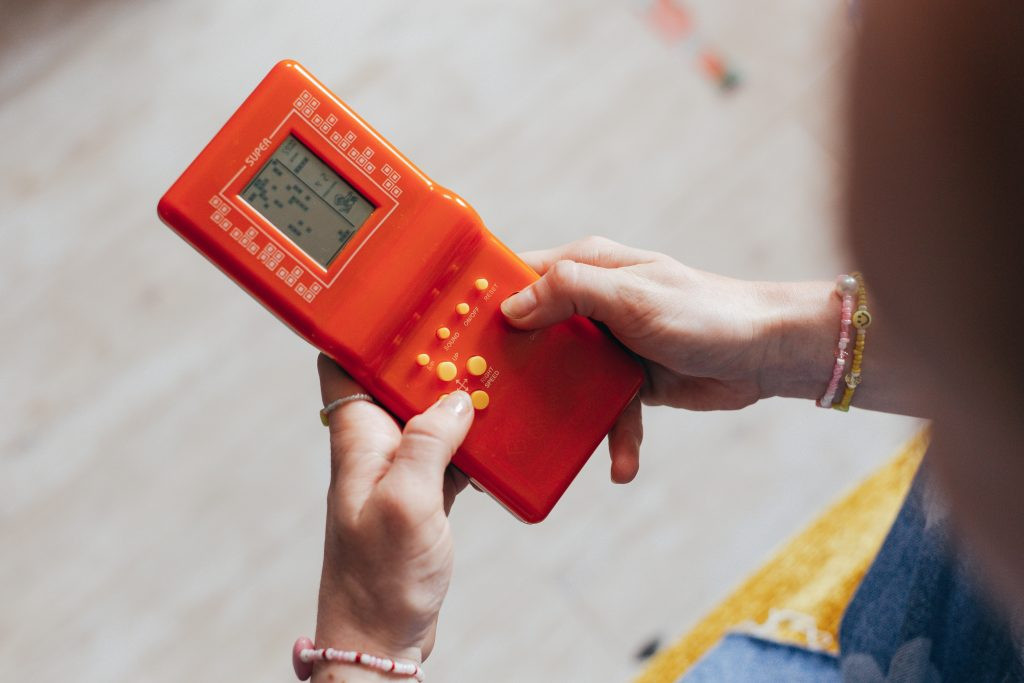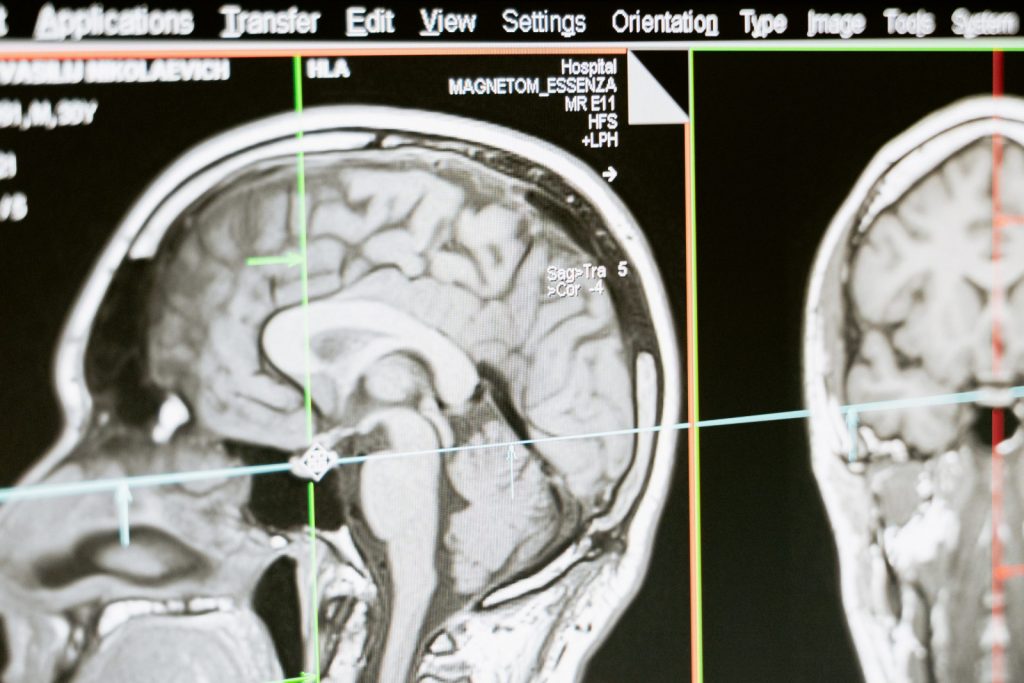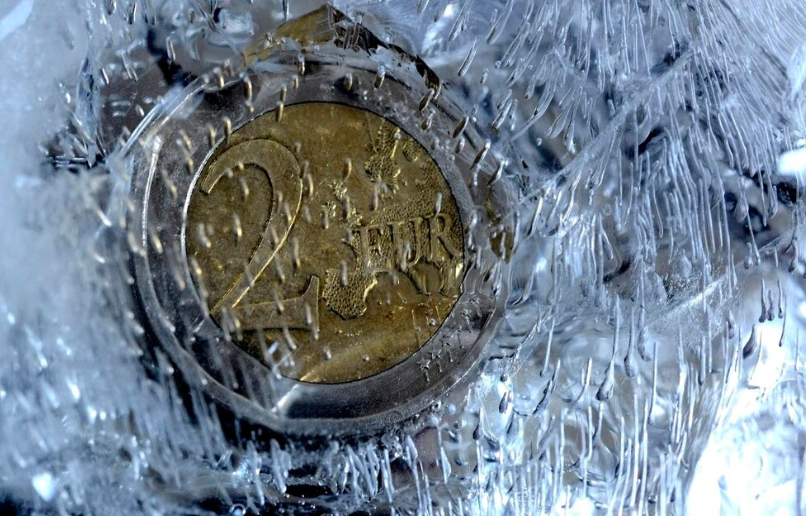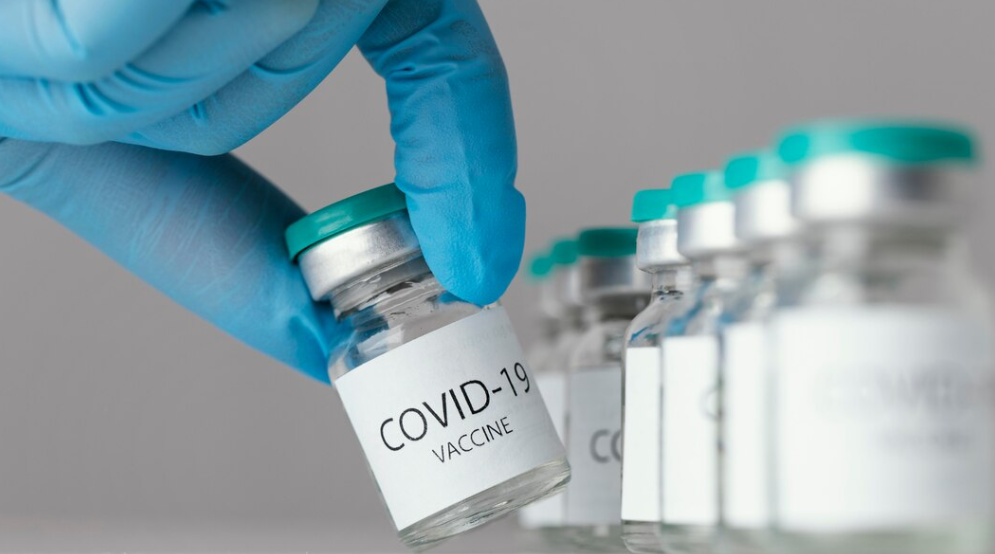Tetris: More Than Just A Game For PTSD Patients?

Let’s take a trip down memory lane! Remember when we would huddle around old TVs, playing a game that was so simple, yet so irresistible and fun? Yes, we’re talking about Tetris – the classic puzzle game that captured the hearts and minds of millions around the world. Little did we know back then, as we rotated and arranged colorful blocks, that this enjoyable pastime would hold power far beyond our imagination.
A new study published in the Journal of Psychiatry & Neuroscience suggests that playing Tetris may be an effective adjunct therapeutic intervention for post-traumatic stress disorder (PTSD). This highly regarded publication is renowned for its rigorous peer-review process and commitment to disseminating cutting-edge research in the field. The findings presented in this study are expected to make a significant contribution to the advancement of knowledge and provide valuable insights into the subject matter.
The study, which was conducted by researchers in Berlin, Germany, found that playing Tetris for 60 minutes a day for approximately 6 weeks led to significant improvements in PTSD symptoms, including intrusive memories, nightmares, and avoidance behavior.

The study’s authors believe that Tetris may be effective in treating PTSD because it helps to reduce the frequency and intensity of intrusive memories. When people with PTSD experience a traumatic event, they often have intrusive memories of the event that can be very distressing. These memories can be triggered by a variety of things, such as smells, sounds, or even certain thoughts. Tetris may help to reduce the frequency and intensity of these intrusive memories by providing a distraction.
In addition to reducing intrusive memories, Tetris may also help to improve cognitive function in people with PTSD. The hippocampus is a part of the brain that is involved in memory formation and storage. Studies have shown that people with PTSD often have smaller hippocampi than people without PTSD. Tetris may help to increase hippocampal volume by providing a cognitive challenge.
The study’s authors note that more research is needed to confirm the findings of their study. However, their findings suggest that Tetris may be a promising new treatment for PTSD. If you are struggling with PTSD, talk to your doctor about whether Tetris may be right for you.
Here are some additional details from the study:
- The study included 40 men with combat-related PTSD from the German Federal Armed Forces before they started therapy.
- Participants were randomly assigned to either the Tetris group or the control group.
- The Tetris group played Tetris for 60 minutes a day for approximately 6 weeks.
- The control group did not play Tetris.
- Participants in both groups completed EMDR (Eye movement desensitization and reprocessing) therapy.
- At the end of the study, participants in the Tetris group showed significant improvements in PTSD symptoms, compared to the control group.
- The improvements in PTSD symptoms were maintained at a 6-month follow-up.
The study’s authors concluded:
- “Our findings suggest that Tetris may be an effective adjunct therapeutic intervention for PTSD.”
- “Tetris may help to reduce the frequency and intensity of intrusive memories, improve cognitive function, and promote recovery from PTSD.”
- “More research is needed to confirm the findings of our study and to determine the optimal dose and duration of Tetris therapy for PTSD.”
While more research is needed, Tetris may be an effective treatment for PTSD. Its captivating gameplay, visual-spatial demands, and cognitive challenges divert attention from intrusive thoughts and reduce the emotional impact of traumatic memories. As PTSD treatment evolves, innovative interventions like Tetris offer hope for improved outcomes.


